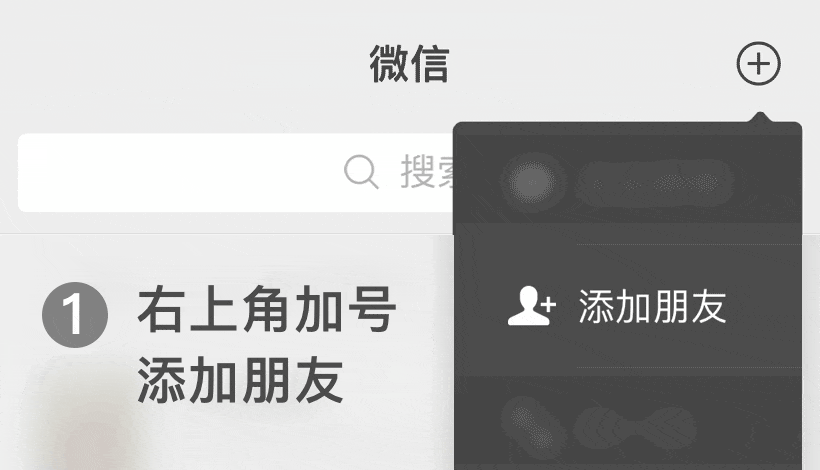
The current position:Home > Information dynamic
> Industry Trends
What groups of people are suitable for using disposable bladder irrigators
source:www.tianyumedia.com.cn | Release time:2024年12月09日For example, after urological surgery such as bladder tumor resection, there may be residual blood clots, tissue fragments, etc. in the patient's bladder. Disposable bladder irrigators can help flush out these residual substances, reduce the risk of infection, and promote wound healing. Because the bladder mucosa of patients after surgery is relatively fragile, the flushing process can effectively remove impurities that may cause inflammation and maintain a relatively clean bladder environment.
2. Patients with long-term indwelling catheterization
Some patients who require long-term indwelling catheterization due to their condition, such as those with urinary dysfunction caused by spinal cord injury. Sediments and bacteria in urine can easily accumulate in the urinary catheter and bladder. Using a disposable bladder irrigator can regularly flush the bladder to prevent the formation of urinary scale and bacterial growth. This can reduce the incidence of urinary system infections and alleviate symptoms such as fever and urinary pain that patients may experience due to infection.
3. Patients with bladder infections
When a patient develops an infection in the bladder, such as cystitis, a bladder irrigation device can be used to inject irrigation fluid containing antibiotics and other drugs into the bladder. The flushing solution circulates in the bladder and can directly act on the infected area to assist in treating the infection. This local treatment method can improve the therapeutic effect of drugs, which is more targeted than simply oral or intravenous medication, and helps to clear pathogens in the bladder faster and reduce inflammation.
Prev:
What is the function of disposable negative press…
Next:
What is the function of disposable drainage bags

 Cn
Cn En
En WeChat ID:
WeChat ID:







 Contact us
Contact us
 Add WeChat
Add WeChat
 Telephone
Telephone